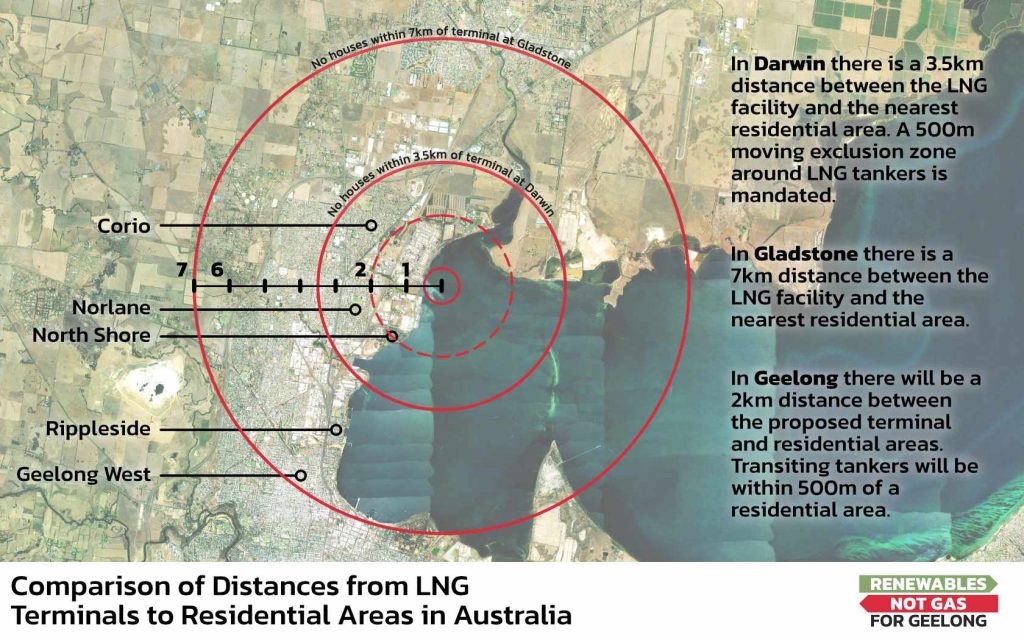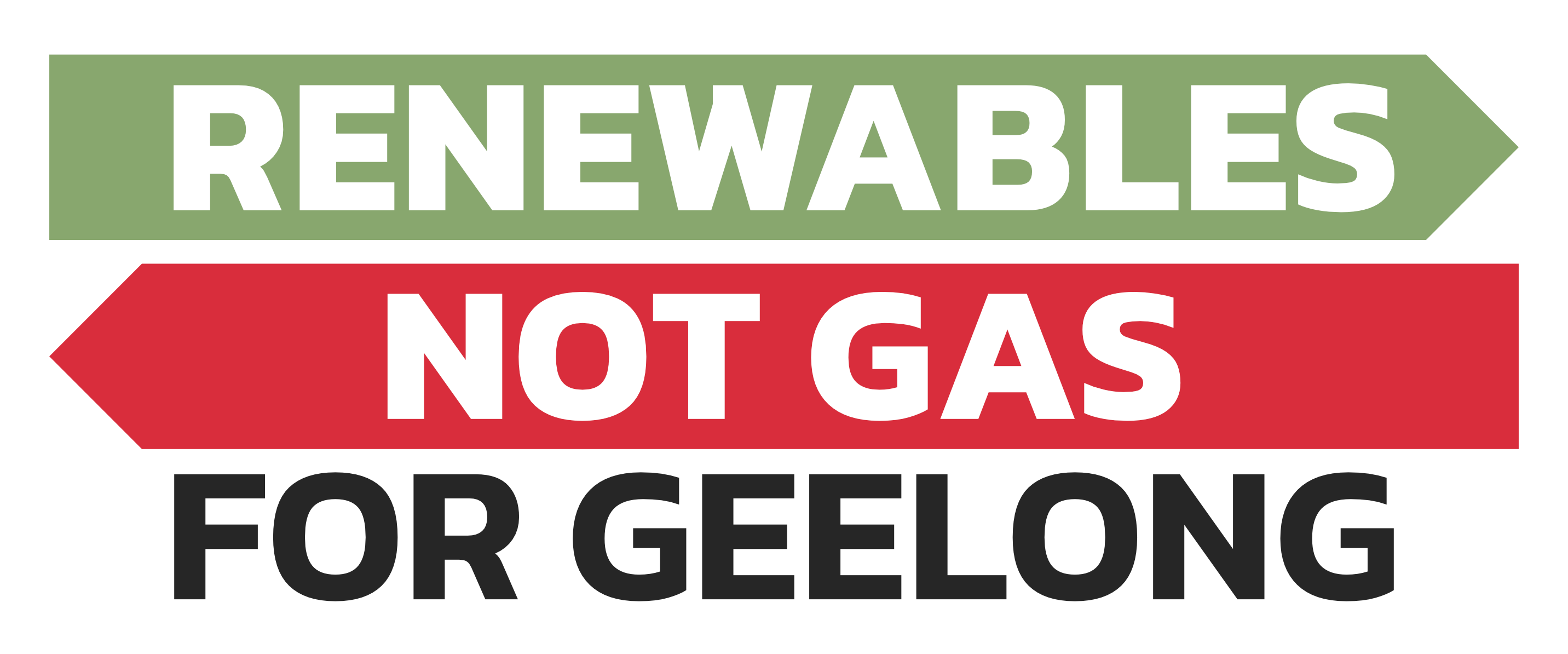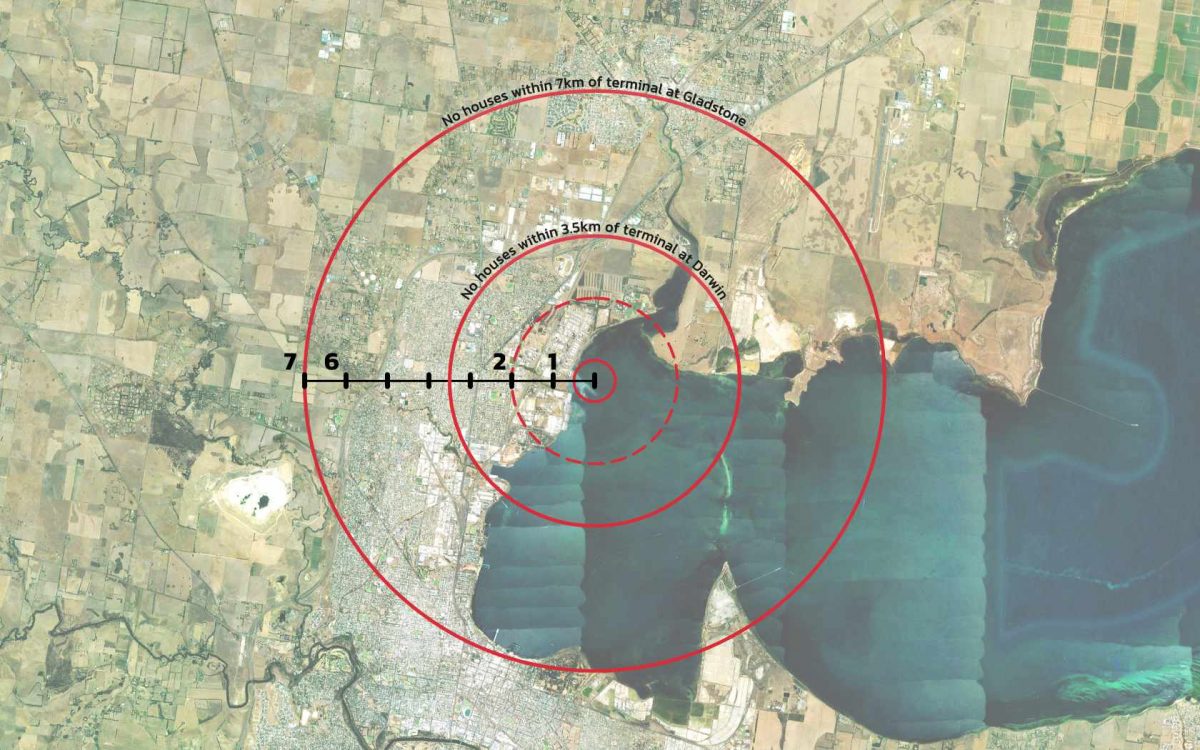In May 2006 the surfing mecca of Malibu, California, and other coastal communities in America were being targeted by the energy industry for the building of large, vulnerable and potentially dangerous natural gas import facilities.
A never-ending fleet of enormous tankers would be needed to deliver LNG, some of it sourced from Australia and other countries on the Pacific Rim, to meet projected demand from America’s most populous state.
It was a move that would galvanise local communities into action, as much for LNG’s vulnerability to accidents as for it presenting a target for an act of terrorism, much like those five years earlier, which had played out with devastating consequences in New York City and Washington D.C. on 9/11.
Congress was quick to act.
A study for the Pentagon said a typical LNG tanker, carrying some 20 billion gallons of natural gas, had the energy of 55 Hiroshima bombs. Footage of the 1944 Cleveland disaster in which a fiery LNG blast devastated about one square mile in the major Ohio city, killing 128 dead and leaving 680 homeless, was said to look like Hiroshima after the bomb.
So, the US Federal Government enacted rigorous legislation to ensure that LNG terminals are remotely located from residential/urban areas. In such areas with facilities that pre-date the legislation there are various procedures to ensure the safe transportation and transfer of LNG. The Boston LNG terminal is an example. For every tanker movement into the port security checks are conducted and armed response coast guard vessels and four tugs are deployed. During tanker transits, the Tobin Bridge is totally closed. In times of elevated security threats such as post 9/11, helicopter surveillance and police diver inspections of port facilities were also used.
In Australia, there are no nationally consistent regulations for LNG import terminals. In state waters, legislation for such terminals has fallen on the shoulders of state authorities to act on the safety risks associated with the siting of LNG facilities. This is a big ask for state authorities with no expertise or experience in such areas.
There are no operating LNG import terminals in Australia. At Darwin LNG, there are 500-metre moving exclusions zones enforced around any vessel carrying LNG and land exclusions zones around the LNG facility. In Darwin there is a 3.5 kilometre distance between the LNG facility and the nearest residential area. In Gladstone, Queensland, that distance is 7 kilometres. In Gladstone’s port the Port Authority mandates that a minimum of four tugs are used to move LNG tankers around the port and that a firefighting tug must always be on stand-by when an LNG Tanker is around. There are also restrictions on certain types of older LNG tankers on entering parts of the Port.
It would be much simpler and safer if Australia adopted nationally consistent regulations for LNG facilities which are aligned with latest international best practice.

Updates:
- 20/09/21 to add the word “import” in the sentence ” There are no operating LNG import terminals in Australia.”
- 09/10/21 to change distance from the Darwin terminal to residential areas

